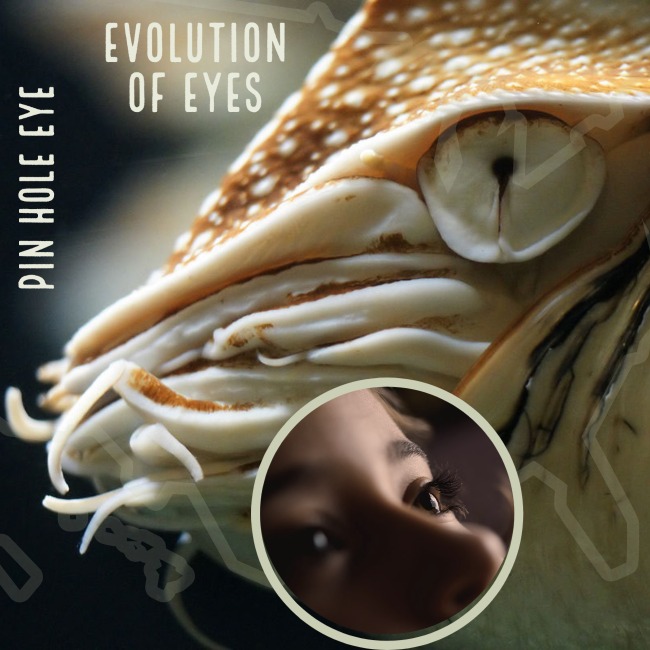
Manu and the Evolution of Sight
Paleontologists suggest an unexpected scenario for the evolution of the eye (how eyesight evolved) in creatures. According to this, the human eye lens mechanism evolved from a rudimentary light sensor

Paleontologists suggest an unexpected scenario for the evolution of the eye (how eyesight evolved) in creatures. According to this, the human eye lens mechanism evolved from a rudimentary light sensor